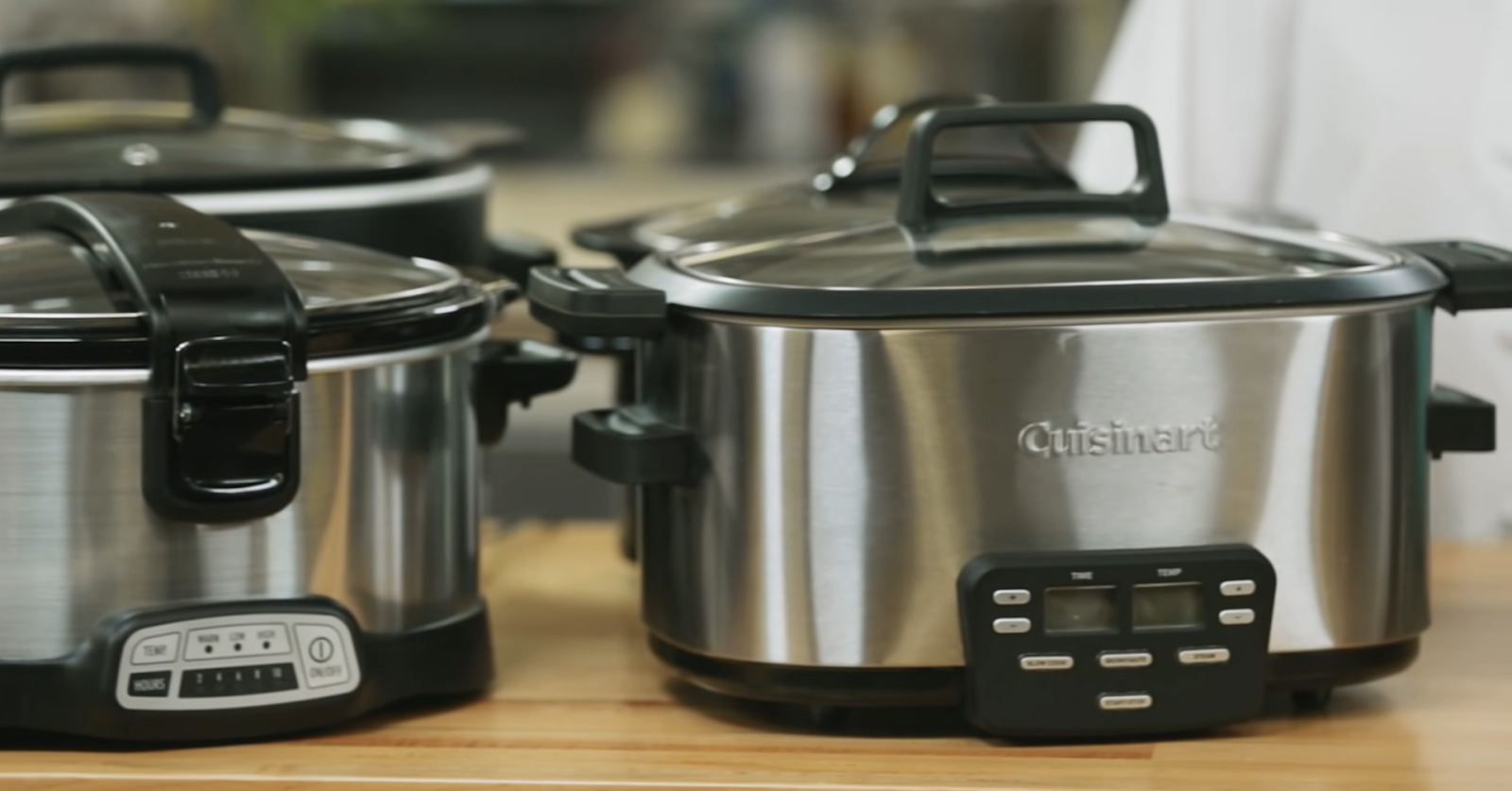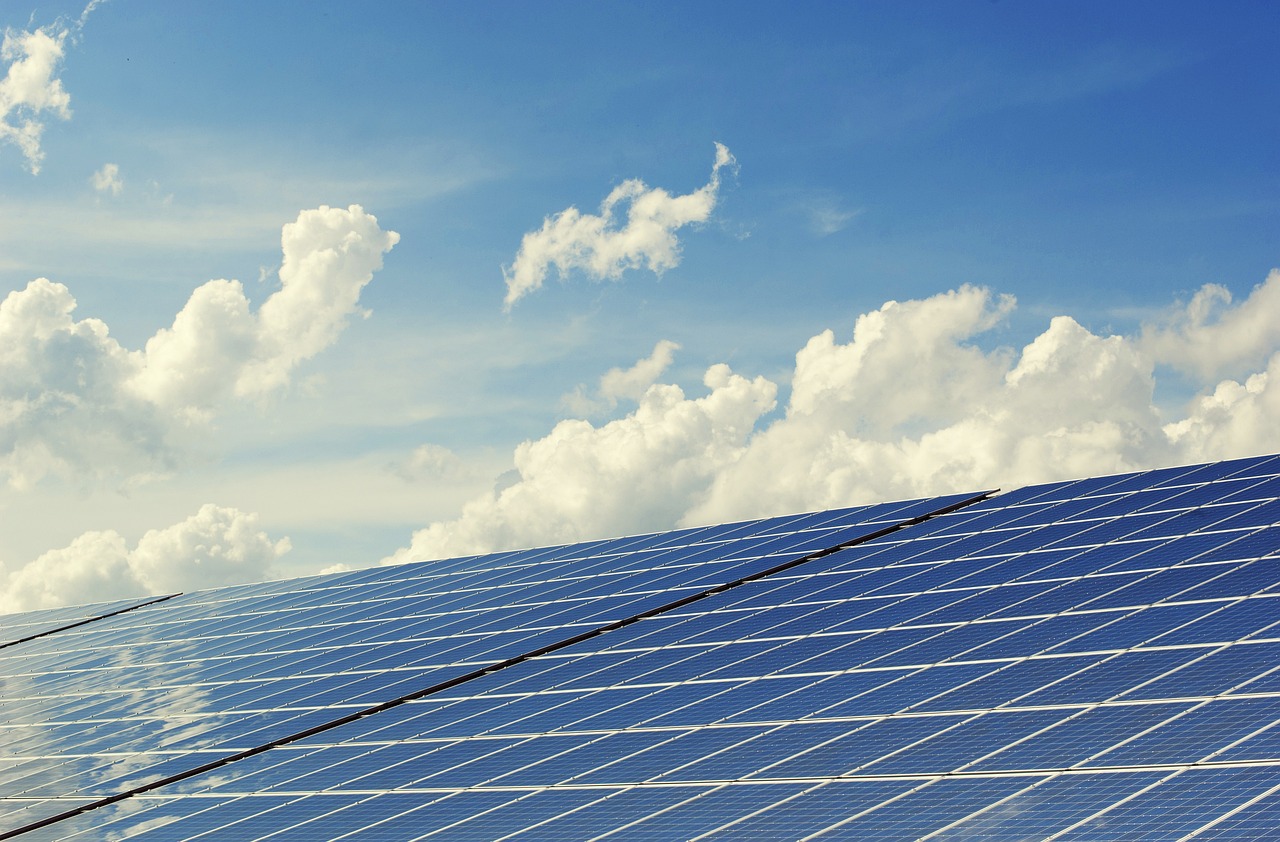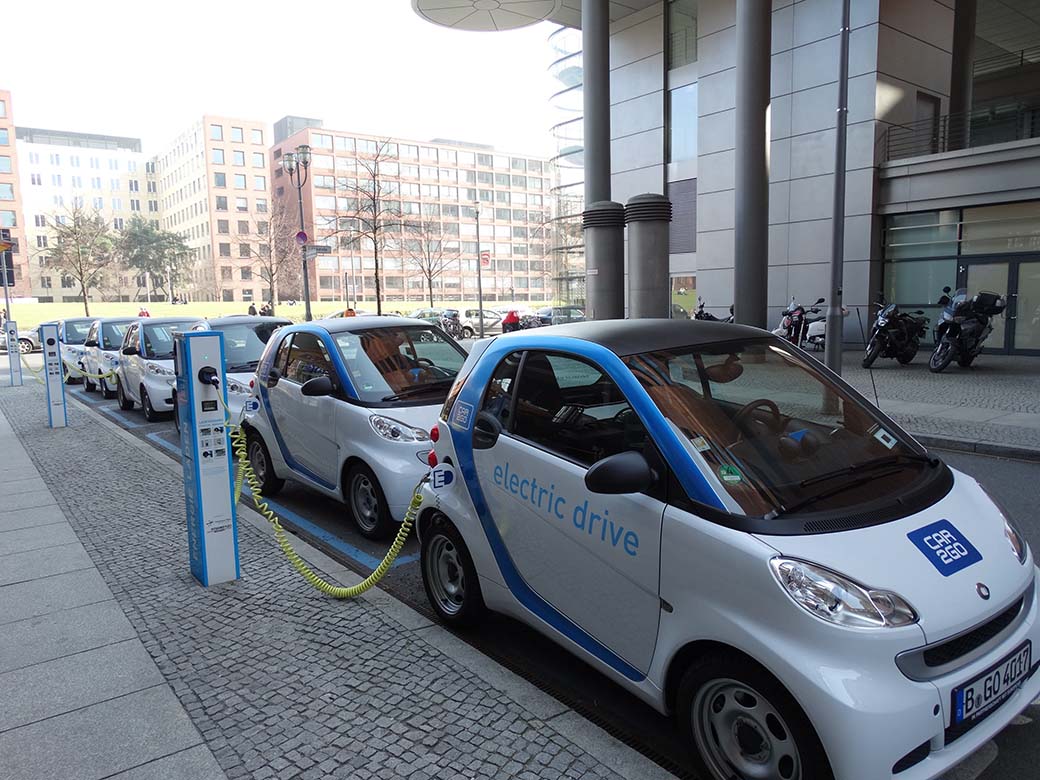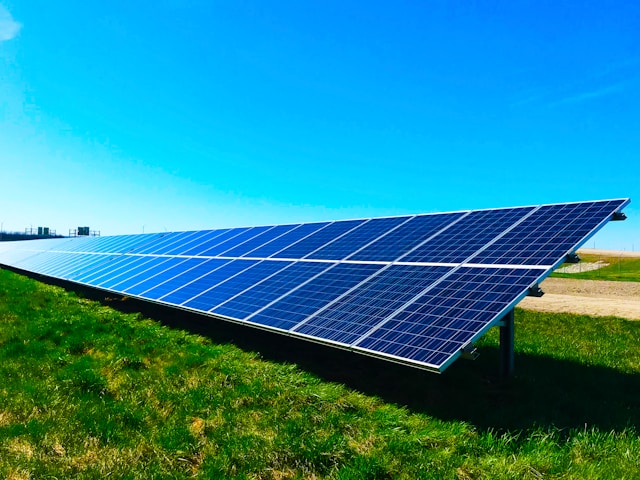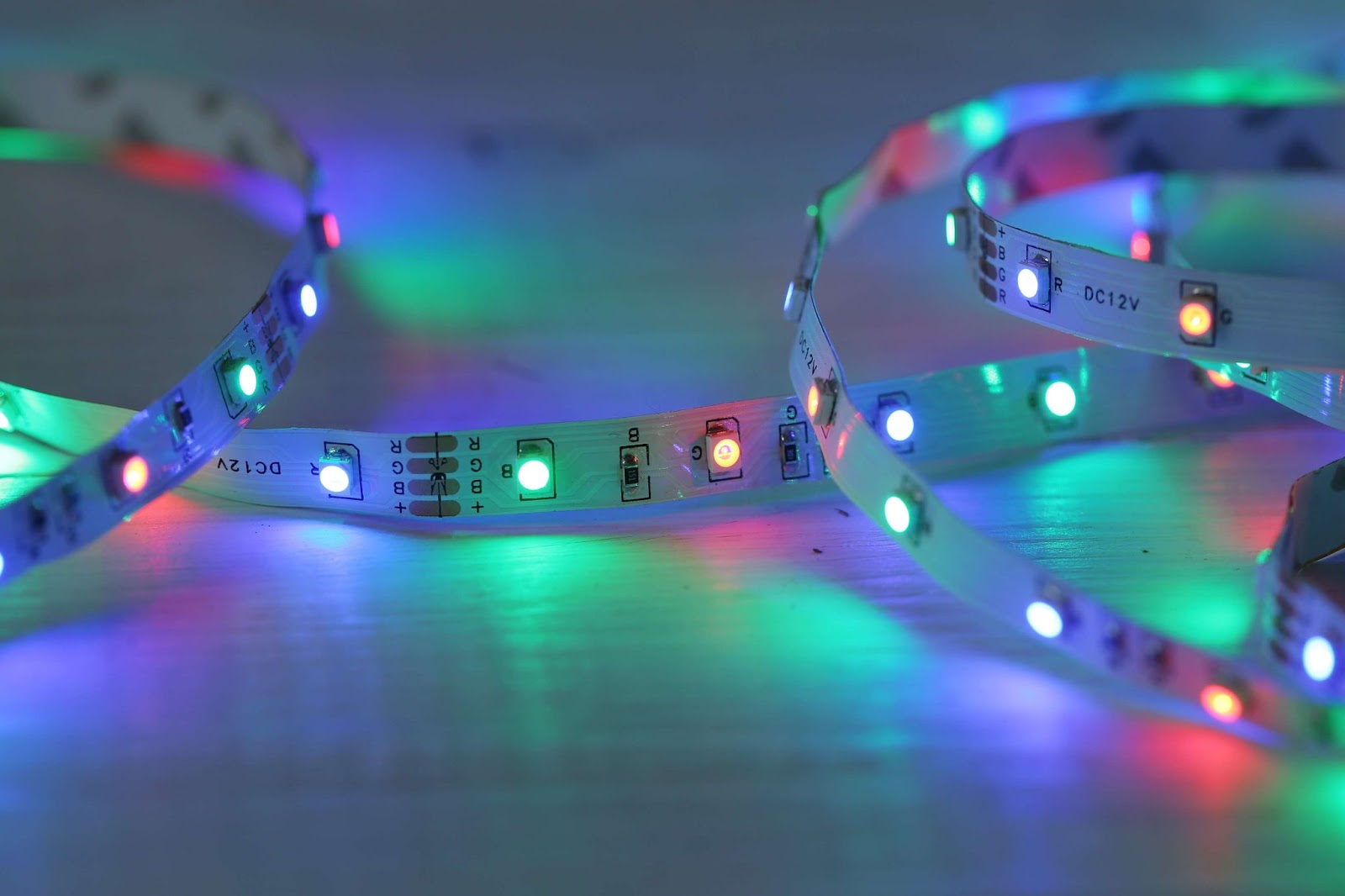In the bustling world of modern lifestyles, where time is of the essence, crockpots have become a cherished ally in the kitchen. These versatile and convenient cooking appliances have revolutionized the way we prepare meals, allowing us to savor delicious dishes without being tied to the stove. However, while we relish the tantalizing aromas wafting from our slow cookers, we often overlook the potential impact they have on our electricity bills and the environment. Understanding the wattage of crockpots is essential for making informed decisions about energy consumption and optimizing our culinary experiences.
How Many Watts Does A Crock Pot Use?
A standard 6-quart Crockpot slow cooker uses 180 watts of electricity. The smallest 1.5-quart Crockpots use just 80 watts whereas large 8-quart Crockpots use 320 watts.
When compared to a traditional electric oven that uses around 2000 watts, the amount of electricity used per hour by a slow cooker is significantly lower. Of course, ovens cook food much quicker. Further on in this guide, we’ll look deeper into which is the best method for energy saving.
Crock Pot Sizes: Energy Efficiency and Cooking Capacity
When it comes to crock pots, size matters not only for the amount of energy they consume but also for their overall efficiency in preparing mouthwatering meals. While smaller crock pots tend to use less energy, larger ones offer greater efficiency, utilizing a smaller amount of electricity per ounce of food.
Here’s an overview of the average wattages for different crock pot sizes:
| Crock Pot Size | Wattage (Watts) |
|---|---|
| 1.5 Quarts | 80 |
| 2 Quarts | 120 |
| 3 Quarts | 150 |
| 4 Quarts | 170 |
| 5 Quarts | 170 |
| 6 Quarts | 180 |
| 7 Quarts | 250 |
| 8 Quarts | 320 |
These wattage figures have been derived from an analysis of various slow cookers within the Crockpot brand. It’s worth noting that other brands like Instant Pot, Hamilton Beach, Ninja, Cuisinart, and GreenLife may have different wattage ratings for their slow cookers.
To determine the exact wattage of your slow cooker, refer to the user manual or check the label provided by the manufacturer.
Now, let’s delve into a personal experience with a 7-quart slow cooker. In this case, the individual conducted a test using a wattmeter. During the 5-minute test, the 7-quart slow cooker consistently registered a power consumption of approximately 313 watts, slightly higher than the average 7-quart Crockpot.
As you navigate the world of crock pots, keep in mind the trade-off between size, energy usage, and cooking capacity. Whether you opt for a smaller crock pot for its energy efficiency or a larger one for its cooking prowess, understanding the wattage of these culinary companions empowers you to make informed decisions and embrace a more energy-conscious approach to slow cooking.
Crock Pot Settings
The choice of setting for your crock pot significantly affects the energy consumption during food preparation. Most slow cookers offer three settings: high, low, and warm. When set to low, the slow cooker uses less energy. On high, the average Crockpot consumes between 150 and 210 watts, whereas on low, it utilizes only 75 to 150 watts, and even less when on the warm setting.
Although cooking on low may take around eight hours and only four hours on high, the overall electricity usage remains quite similar regardless of the setting you choose.
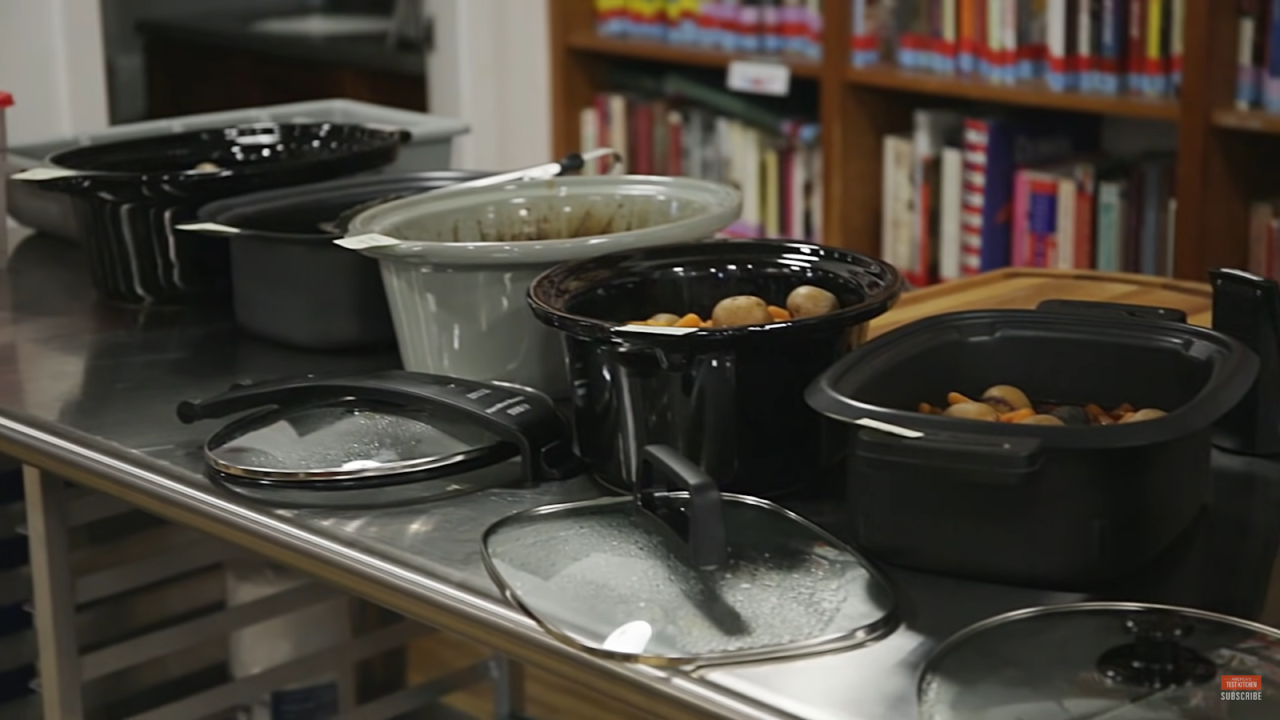
Energy Consumption of Crock Pots
The good news is that crock pots are incredibly energy-efficient, making them a cost-effective option for cooking. When preparing a slow cooker meal for four people, the electricity consumption typically amounts to around 0.72 kilowatt-hours (kWh), which translates to approximately 10 cents in electricity costs, subject to your local electricity rates.
The actual energy usage depends on various factors, including the size of the slow cooker, the selected cooking setting, and the duration of usage. For instance, a larger slow cooker operating on the highest setting for an extended period, such as six to eight hours, may consume more electricity. However, even under these circumstances, a crock pot still uses significantly less power compared to traditional gas or electric ovens.
How Much Electricity Does A Crock Pot Use in 8 Hours?
When using an average 6-quart crock pot on the low setting for eight hours, you can expect it to consume approximately 0.72 kilowatt-hours (kWh) of electricity. Based on the average price of electricity in the US, this usage would cost around $0.10.
If you decide to cook on the high setting instead, the energy consumption would double, resulting in a cost of around $0.20 for the same duration. For those with larger crock pots, the expense could potentially double again, reaching a maximum cost of around $0.40 for an 8-hour cooking session.
Overall, regardless of the setting or the size of your crock pot, the energy costs remain quite affordable, making slow cooking an economical and energy-efficient choice for preparing your favorite meals.
Evaluating the Cost of Running Your Crock Pot
The precise cost of operating a crock pot hinges on the electricity rate in your specific location. As of 2022, the average residential electricity rate in the US stands at $0.14 per kilowatt-hour (kWh). However, this figure can vary significantly, with residents in certain states paying as much as $0.34 per kWh on average.
To ascertain the exact electricity rate you are charged, it is essential to refer to your electricity bill or access your online account. By being aware of your local electricity rate, you can accurately calculate the running costs of your crock pot and make informed decisions about energy consumption while relishing the convenience of slow cooking.
- To determine the hourly cost of an appliance, you can utilize the following formula: Kilowatts x Cost of Energy;
- For instance: 1.5 kW x $0.14 = $0.21 per hour.
Cost Comparison: Crock Pot vs. Electric Oven
Undoubtedly, crock pots are champions of energy efficiency when pitted against their electric oven counterparts.
Typically, electric ovens draw substantial power, ranging from 2,000 to 5,000 watts, with the average oven utilizing around 3,000 watts. In stark contrast, the average crockpot operates at a mere 180 watts.
Let’s consider a scenario where we’re preparing a stew, offering two cooking options:
- Using a crock pot set to high for 4 hours;
- Using an electric oven set to 325°F for 2 hours.
Both methods would sufficiently cook the food to perfection. However, the energy consumption tells a vastly different story. Cooking the recipe in the crock pot would utilize a total of 0.72 kilowatt-hours (kWh) of electricity, while opting for the oven would consume a whopping 6 kWh.
In terms of costs, using the crock pot amounts to a mere 10 cents per meal, while preparing the same dish in an electric oven would cost approximately 80 cents, based on the average electricity price in the United States.
Although this doesn’t imply that baking is off-limits, it’s indeed a prudent choice to resort to the slow cooker for any meals that demand extensive cooking times. Embracing the energy-efficient magic of crock pots not only saves you money but also offers the convenience of deliciously cooked meals waiting for you when you return home.
Crock Pot on the Go: Can You Use a Generator?
The beauty of crock pots lies in their low wattage, making them a perfect match for running off a generator without straining the system. Whether you find yourself facing a power outage and resort to using a generator or simply want to enjoy the convenience of a crock pot in your RV, rest assured that it’s a seamless and effortless combination.
When you anticipate an extended period without mains power, turning to a crock pot becomes the ideal solution for heating food efficiently with minimal electricity consumption. Unlike electric ovens, grills, or microwaves, crock pots draw significantly less power, making them an energy-saving alternative for preparing delicious meals in resource-limited situations.
Is It Possible to Connect a Crockpot to a Car?
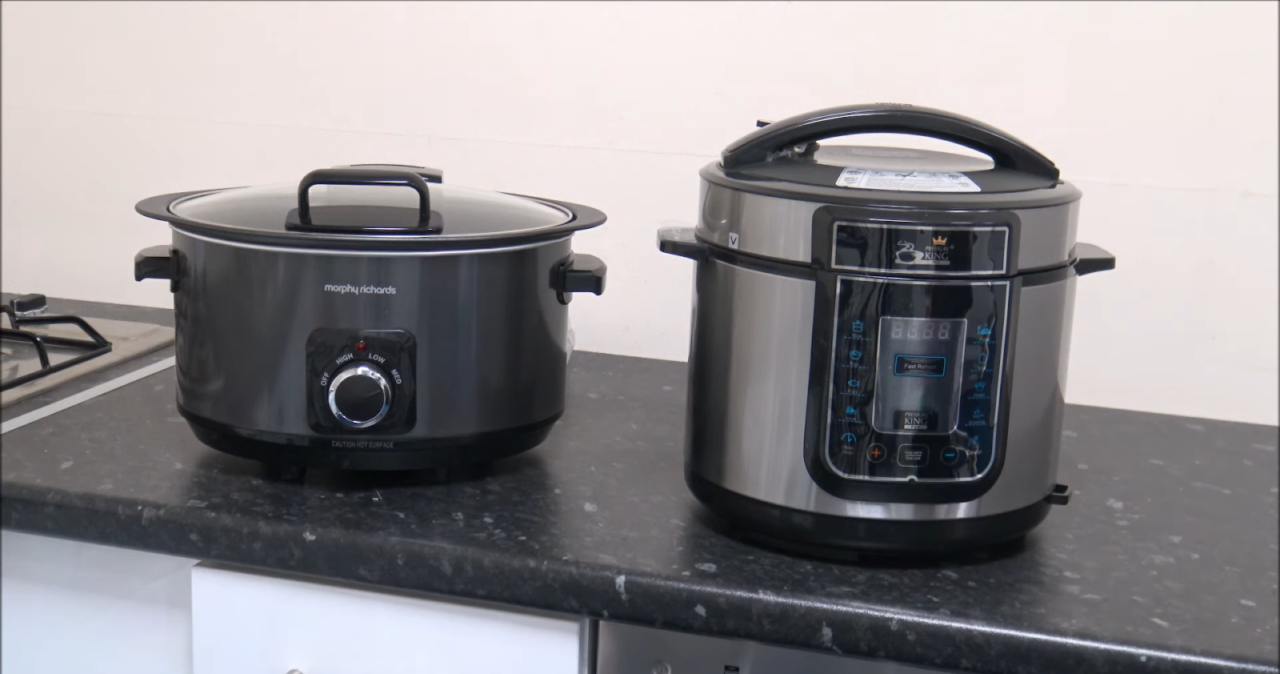
The beauty of crock pots lies in their low wattage, making them a versatile companion even on the road. With the aid of a power inverter, you can effortlessly plug a crock pot into your car or truck, transforming your vehicle into a mobile kitchen. Simply connect the power inverter to your car’s cigarette lighter, and it will convert the 12V supply into a 110V supply, capable of accommodating a standard plug to power your crock pot.
For this setup, a 300-watt car power inverter is more than sufficient to run a crock pot while simultaneously charging your mobile phone or laptop.
Alternatively, if you don’t have a power inverter, you can opt for a 12V portable slow cooker specifically designed to plug directly into the 12V socket of any car or truck. These nifty devices have gained popularity among truck drivers who crave wholesome, home-cooked meals on the go. Additionally, they prove to be an ideal companion for camping trips, ensuring you can relish delicious, slow-cooked dishes even amidst the wilderness.
Conclusion
Crock pots have earned their reputation as energy-efficient culinary companions, boasting low wattage that makes them ideal for use with generators, in RVs, trucks, or even cars during your journeys.
These ingenious cooking devices are remarkably light on electricity consumption, enabling you to prepare wholesome homemade meals while significantly reducing your expenses. If you haven’t yet embraced the wonders of a slow cooker, now is the opportune moment to invest in one and make it a staple in your kitchen. By opting for the crock pot over daily oven usage, you can effortlessly cut back on electricity wastage, contributing to both your savings and a greener lifestyle.


